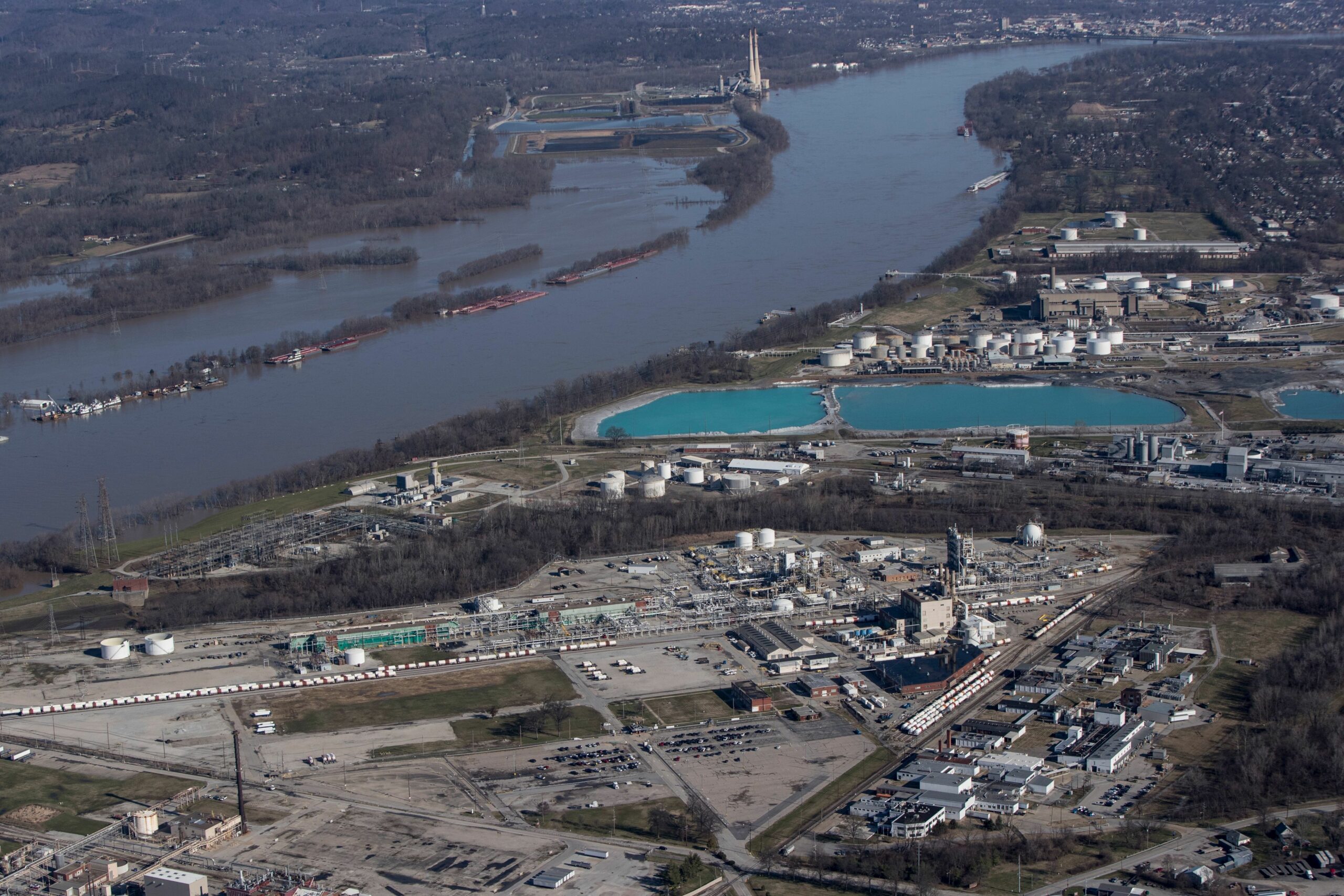The EPA has announced plans to restrict "forever chemicals" in solid waste.
The EPA has announced plans to restrict “forever chemicals” in solid waste.
The EPA announced in October 2021 plans to clamp down on “forever chemicals” in solid waste with two separate rulemakings, a major move with significant implications for industry.
Below is a snippet from a recent article, in E&E News.
The new rules are the latest in a string of developments from the agency for addressing per- and polyfluoroalkyl substances (PFAS), which have been linked to cancer and are known as forever chemicals because they are so persistent.
Administrator Michael Regan said EPA will partially grant a petition from New Mexico Gov. Michelle Lujan Grisham (D) requesting that the agency tackle PFAS contamination under the Resource Conservation and Recovery Act. That petition asked the agency to identify them as hazardous waste — either individually or as a class — under the RCRA statute.
In response, EPA said it will initiate a rulemaking to propose adding the chemicals PFOA, PFOS, GenX and PFBS as hazardous constituents under the law. That move would allow the agency to subject the four chemicals to “corrective action requirements” and serves as a key step in the process of designating them as hazardous waste.
“We can only make progress for communities suffering from PFAS pollution if we work collaboratively across levels of government and harness our collective resources and authority,” said Regan in a statement. “Today, we are taking important steps toward developing new scientific approaches to confront these dangerous chemicals and strengthening the ability to clean up PFAS contamination.”
A second rulemaking announced today by the agency will clarify that RCRA gives EPA authority to require investigation and cleanup for wastes designated as hazardous under the law. The modification will, the agency said, make it clear that emerging contaminants like PFAS “can be cleaned up through the RCRA corrective action process.”
Lujan Grisham applauded the news in a statement. “By taking an urgent and science-based approach to this issue, we’re helping to protect communities in New Mexico and around the country,” the governor said.
EPA’s moves under RCRA mark the latest in a fast-unfolding series of actions after the agency unveiled its vision for tackling PFAS last week. At the time, regulators noted landfills and other waste sites could be among those facing a crackdown as EPA ramps up rulemaking (Greenwire, Oct. 18).
Read the full article here.
PFAS Regulation: Business Should Plan Now for Financial Impacts
PFAS Regulation: Business Should Plan Now for Financial Impacts
Article by Bloomberg Law
At Encore Earth, our main focus is to help businesses prepare for the new PFAS regulations with our PFAS elimination solution. Learn more about our solution here.
Read the full article here.
PFAS regulation under the Safe Drinking Water Act is coming under the Biden administration. CMBG3 Law’s John P. Gardella discusses how businesses—including those that permissibly discharge effluents into waterways—can plan now to reduce business interruption and financial losses stemming from PFAS regulation.
Insurers and corporations have spent the last few years attempting to determine the projected impact of PFAS regulation on future business interruption and loss projections, and an associated timeline under which to consider them.
There is no one answer for every business as to how significant and on what timeline PFAS changes under the Biden adminstration will be on business interests. However, one significant change businesses can plan for that will have an enormous impact is PFAS regulation under the Safe Drinking Water Act (SDWA).
Chemical Plant in Louisville Emits a Super-Pollutant
A Single Chemical Plant in Louisville Emits a Super-Pollutant That Does More Climate Damage Than Every Car in the City
LOUISVILLE, Kentucky—A chemical plant here that makes a raw material for everything from Teflon to lubricants used on the International Space Station also appears to do more damage to the climate than all of this city’s passenger vehicles.
The Chemours Louisville Works along the banks of the Ohio river is the nation’s largest emitter of a climate super-pollutant known as hydrofluorocarbon-23 (HFC-23). As a greenhouse gas, the chemical is 12,400 times more potent than carbon dioxide, the primary chemical compound responsible for warming the planet, and could be eliminated with low cost, existing technology.

Pat McDonogh/CJ
A view of chemical plants in the Rubbertown area of Louisville with the swollen Ohio River in the background. Feb. 26, 2018.
What are PFAS Chemicals?
What are PFAS Chemicals?
Before learning about the solutions to the PFAS problem, it's important to understand what it IS. We love the Environmental Working Group's articles on PFAS and think they are a great place to start learning more.
Here's a snippet from their website on the history and effects of PFAS on human health and wellness.
For the full story, read here.
For a timeline on PFAS chemical development, read here.
The ‘Forever Chemicals’ in 99% of Americans
Hundreds of everyday products are made with highly toxic fluorinated chemicals called PFAS. They build up in our bodies and never break down in the environment. Very small doses of PFAS have been linked to cancer, reproductive and immune system harm, and other diseases.
For decades, chemical companies covered up evidence of PFAS’ health hazards. Today nearly all Americans, including newborn babies, have PFAS in their blood, and up to 110 million people may be drinking PFAS-tainted water. What began as a “miracle of modern chemistry” is now a national crisis.
What Are PFAS?
In 1946, DuPont introduced nonstick cookware coated with Teflon. Today the family of fluorinated chemicals that sprang from Teflon includes thousands of nonstick, stain-repellent and waterproof compounds called PFAS, short for per- and poly-fluoroalkyl substances.
PFAS are used in a staggering array of consumer products and commercial applications. Decades of heavy use have resulted in contamination of water, soil and the blood of people and animals in the farthest corners of the world. PFAS are incredibly persistent, never breaking down in the environment and remaining in our bodies for years.
DuPont invented the PFAS chemical patented as Teflon, but 3M became its main manufacturer. In 2001, a scandal erupted in Parkersburg, W.Va., after discovery of the Teflon chemical in the drinking water of tens of thousands of people near a DuPont plant. (The story is documented in the film “The Devil We Know.”)
A class-action lawsuit uncovered evidence DuPont knew PFAS was hazardous and had contaminated tap water but didn’t tell its workers, local communities or environmental officials. The lawsuit also triggered studies linking the Teflon chemical to cancer and other diseases.
What Are the Health Risks of PFAS?
The most notorious PFAS chemicals – PFOA, the Teflon chemical, and PFOS, an ingredient in 3M’s Scotchgard – were phased out in the U.S. under pressure from the Environmental Protection Agency after revelations of their hidden hazards. (They are still permitted in items imported to this country.) Numerous studies link these and closely related PFAS chemicals to:
- Testicular, kidney, liver and pancreatic cancer.
- Reproductive problems
- Weakened childhood immunity
- Low birth weight
- Endocrine disruption
- Increased cholesterol
- Weight gain in children and dieting adults
PFOA, PFOS and the related phased-out compounds are called “long chain” chemicals because they contain eight carbon atoms. Since these chemicals have been phased out, the EPA and the Food and Drug Administration have recklessly allowed the introduction of scores of “short chain” replacements, with six carbon atoms.
Chemical companies claim this structure makes them safer. But DuPont admits that the short-chain chemical GenX causes cancerous tumors in lab animals. A 2019 Auburn University study found that short-chains may pose even worse risks than long-chains, which supports scientists’ growing agreement that the entire class of PFAS are hazardous.
 To explore the full map, visit EWG's website here.
To explore the full map, visit EWG's website here.
The Encore Earth Solution
We are a global organization committed to providing innovative, science-based, sustainable solutions that return balance to the planet by working with nature rather than fighting against it.



